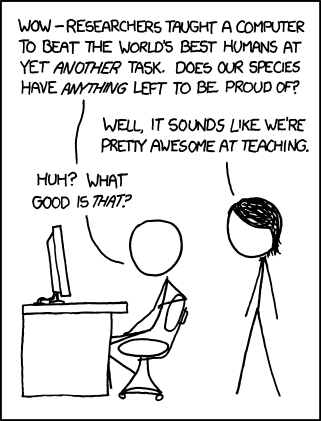Is there anything more boring than reading instructions or manuals? Ok there is some sado-maschocistic enjoyment in the frustration when attempting to decipher the badly translated or incomplete. What is interesting is the huge leap between the dry explanatory text to the emotional response when we use a piece of well designed technology.
Came across an interesting quote on the nature of man from Buckminster Fuller (apparently from chapter, The Phantom Captain, Nine Chains to the Moon):
Man? Man is a self-balancing, 28-jointed adapter-base biped, and electro-chemical reduction plant, integral with the segregated stowages of special energy extracts in storage batteries, for subsequent activation of thousands of hydraulic and pneumatic pumps, with motors attached; 62,000 miles of capillaries, millions of warning signal, railroad and conveyor systems, crushers and cranes, and a universally distributed telephone system needing no service for seventy years if well managed, the whole extraordinary complex mechanism guided with exquisite precision from a turret in which are located telescopic and microscopic self-registering and recording range-finders, a spectroscope, etc.
Wonderful and precise but lacking something essential to explain the way in which we behave when we are in love. I don’t lack some reference to a soul or a deity but there is something difficult, if not impossible to reduce people to the sum and function of their parts.
These vague thoughts can also be applied to technological systems. On paper they show their intent and purpose but once implemented into a social context they may warp and change into something that was not intended.
